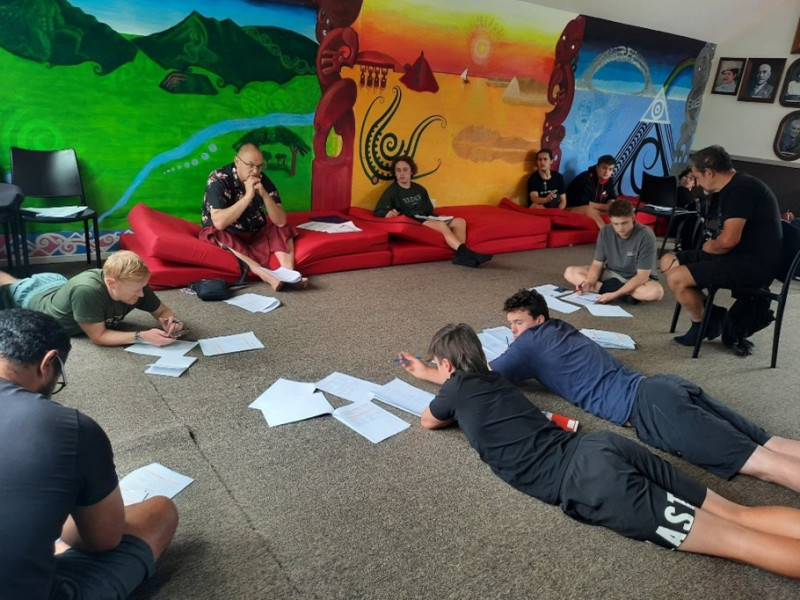“Tangata Rau, Reo Kotahi” – Te Kura Reo o Rangitāne

“Tangata Rau, Reo Kotahi” is a 30-year strategy to transform Rangitāne o Wairau, to be culturally proficient with te reo Māori as the preferred language by 2050.
Stemming from this reo initiative, is ‘Te Kura Reo o Rangitāne’ (pictured). It’s located at Tuamātene marae in Ukaipō, Grovetown, Blenheim and ran in January with investment support from Te Mātāwai.
Rangitāne o Wairau spokesperson Kereana Norton said Te Kura Reo o Rangitāne is a beacon of cultural resurgence for their people.
“The kura has become a nurturing ground for language enthusiasts at all levels of their te reo journey, particularly rangatahi, and even those unfamiliar with the language. The wairua of the kura reo revolves around fostering connections with whānau and uniting the many people of the Rangitāne iwi,” Kereana said.
The inspiration for Te Kura Reo o Rangitāne comes from a collective acknowledgment of the transformative power of Kura Reo—a tried and true concept with widespread benefits.
Seeking inspiration from other successful Kura Reo, the strategy emphasises unity in language. The aim is to create a cultural revival through a shared commitment to language revitalisation.
Kereana said the major challenge faced by Rangitāne was the diminishing presence of te reo Māori, with over a century passing since the reo had been the predominant language in their homes.
“We needed to revive the language and bring it back to the forefront of their community. The ultimate goal is to plant the seed of interest and turn those previously uninvolved or unfamiliar back towards Te Ao Māori,” Kereana said.
The “Tangata Rau, Reo Kotahi” strategy revolves around three pillars: reo (language), tuakiritanga (identity), and aspects of Māori culture such as raranga, whakairo, and kapa haka. It engages the community through cultural events, workshops, and educational programmes that shows the beauty of te reo and te ao Māori.
Kereana said Te Mātāwai support empowered the kura reo to execute its plans effectively and reach a broader audience.
“The impact of Te Kura Reo o Rangitāne is evident. Whānau are more connected, whakapapa is rediscovered, and a sense of belonging flourishes. The kura reo has not only revitalised our reo but also established a foundation for cultural understanding and unity,” she said.
